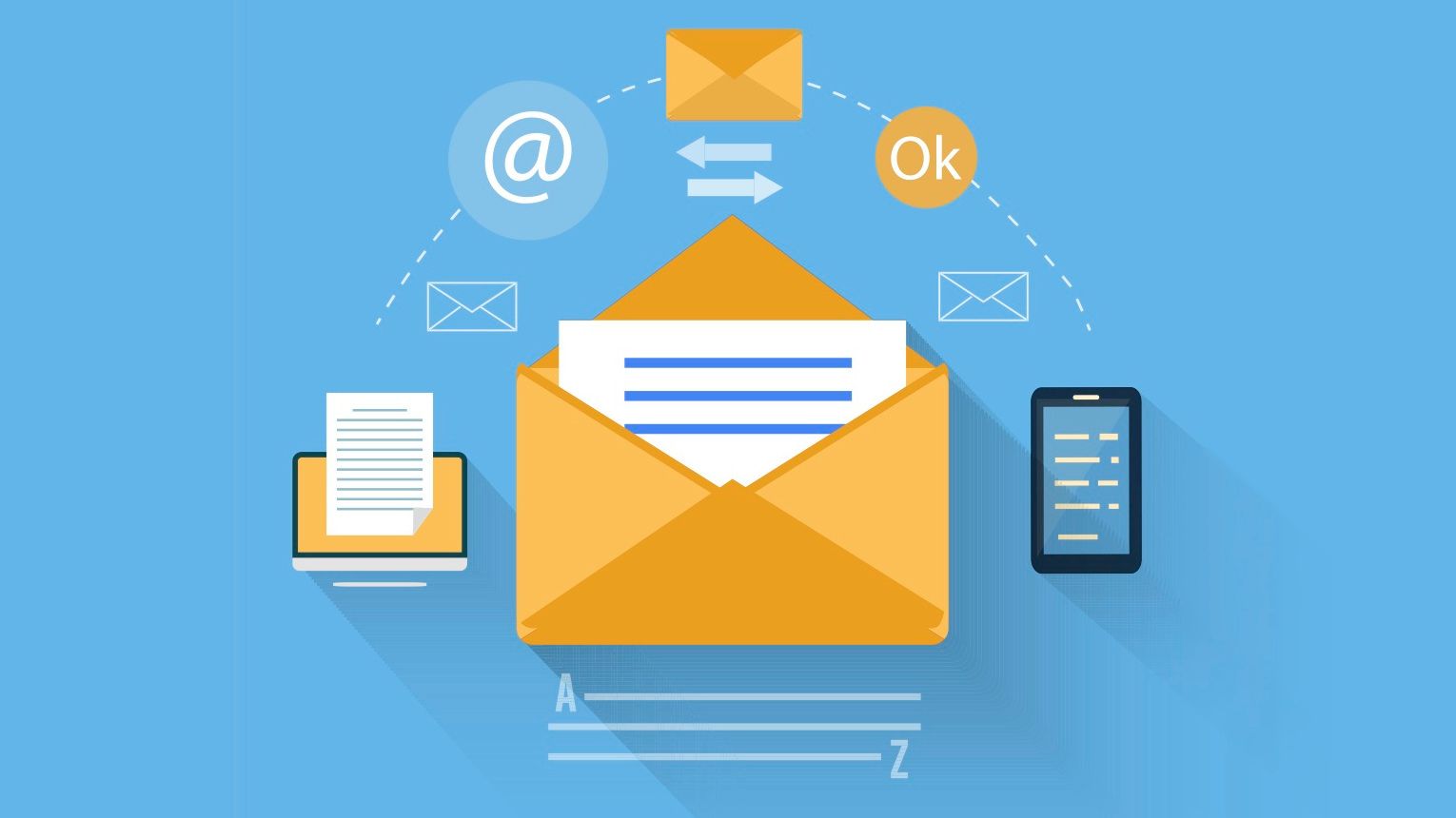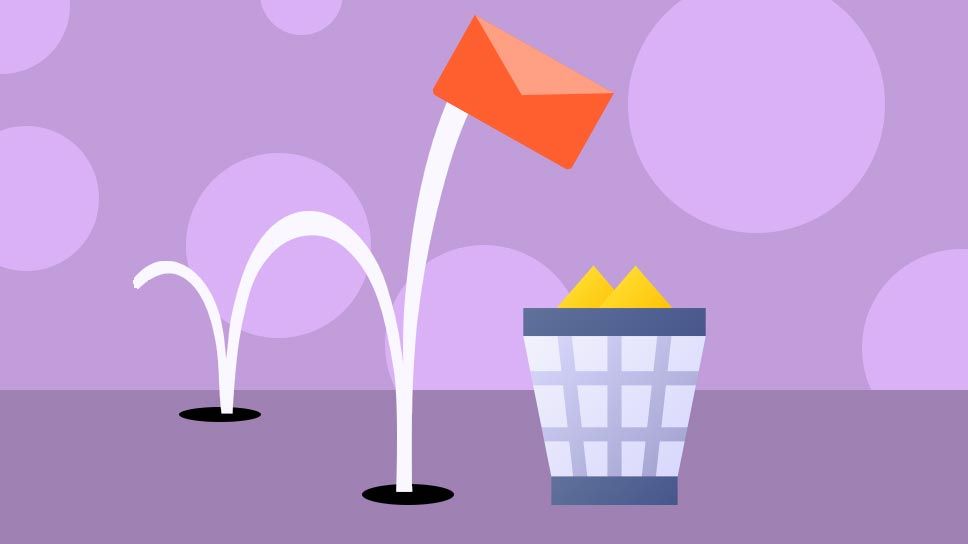In the world of email marketing, managing your bounce rate is crucial for maintaining high deliverability and engagement. Zoho, a leading provider of business solutions, offers powerful email marketing capabilities that enable businesses to connect with their customers effectively. In this comprehensive guide, I will delve into the topic of Zoho email bounce rate, providing valuable insights, expert tips, and strategies to help you understand and manage bounces effectively. By following the best practices outlined in this guide, you can optimize your email campaigns, improve deliverability, and achieve better results.
What is Zoho Email Bounce Rate?

Zoho email bounce rate refers to the percentage of emails that are returned as undeliverable by the recipient's mail server. Bounces can be classified into two main types: hard bounces and soft bounces. Hard bounces occur when an email is permanently rejected due to factors like an invalid email address or a blocked domain. Soft bounces, on the other hand, are temporary delivery failures caused by issues such as a full mailbox or a temporarily unavailable server.
Understanding the type and cause of bounces is essential for effectively managing your email campaigns and maintaining a healthy sender reputation.
The Impact of High Bounce Rates
A high bounce rate can have several negative consequences for your email marketing efforts:
- Damage to Sender Reputation: ISPs and email service providers, including Zoho, monitor bounce rates as an indicator of sender reputation. High bounce rates can signal poor list hygiene or potential spamming, which can result in your emails being flagged as spam or even your account being suspended.
- Reduced Deliverability: ISPs are more likely to route emails with high bounce rates to the spam folder or block them altogether. This reduces the chances of your emails reaching the recipients' inboxes, ultimately affecting your campaign's effectiveness.
- Wasted Resources: Bounces waste valuable resources, including time, effort, and server capacity. Sending emails to invalid or non-existent addresses is not only ineffective but also adds unnecessary load to your email infrastructure.

Strategies to Manage Zoho Email Bounce Rate
Now that we understand the importance of managing bounce rates, let's explore strategies to effectively reduce bounces and optimize your email campaigns:
1. Maintain a Clean Email List
Regularly clean and update your email list to remove invalid or inactive email addresses. Use double opt-in processes to ensure that subscribers provide valid email addresses during the signup process. Implementing a subscription confirmation email can help confirm the authenticity of the provided email addresses and minimize the chances of hard bounces.
2. Monitor and Analyze Bounce Reports
Zoho provides detailed bounce reports that allow you to analyze the reasons for bounces. Monitor these reports regularly to identify trends, patterns, and common causes of bounces. By understanding the specific reasons for bounces, you can take appropriate action, such as removing invalid email addresses or resolving domain-related issues.
3. Segment Your Email Lists
Segmenting your email lists based on user preferences, engagement levels, or demographics can help improve deliverability and reduce bounce rates. By sending targeted and relevant content to specific segments, you can ensure that your emails are more likely to reach the right recipients who are interested in your offerings.
4. Implement Email Authentication Protocols
Configure and implement email authentication protocols like SPF (Sender Policy Framework), DKIM (DomainKeys Identified Mail), and DMARC (Domain-based Message Authentication, Reporting, and Conformance). These protocols help verify the authenticity and integrity of your emails, reducing the chances of your messages being flagged as spam.
5. Maintain Sender Reputation
Maintaining a good sender reputation is crucial for email deliverability. Follow email best practices, avoid sending unsolicited emails, and engage with your subscribers consistently. Consistently sending relevant and engaging content can help improve engagement rates and contribute to a positive sender reputation.
6. Optimize Email Content and Design
Ensure that your email content and design are optimized for different devices and email clients. Emails that are not mobile-friendly or have formatting issues may result in higher bounce rates. Test your emails across various platforms to ensure a seamless user experience and reduce the chances of bounces.
Frequently Asked Questions
Q: What is the ideal Zoho email bounce rate?
A: Ideally, you should aim for a bounce rate of less than 2%. However, the acceptable bounce rate may vary depending on your industry and the type of email campaign. It's important to monitor your bounce rate regularly and take corrective measures if it exceeds industry benchmarks.
Q: How often should I monitor my bounce rate in Zoho?
A: It is recommended to monitor your bounce rate regularly, preferably on a weekly or monthly basis. By consistently monitoring your bounce rate, you can identify and address any issues promptly, ensuring better email deliverability.
Q: Are there any Zoho features specifically designed to manage bounce rates?
A: Zoho provides features like bounce management, detailed bounce reports, and integration with email authentication protocols to help you manage and reduce bounce rates effectively. Utilize these features to streamline your email campaigns and improve deliverability.
Conclusion
Managing your Zoho email bounce rate is crucial for maintaining high deliverability and ensuring the success of your email campaigns. By implementing the strategies outlined in this comprehensive guide, you can effectively manage and reduce bounce rates, optimize your email lists, and improve your sender reputation. Regular monitoring, list hygiene practices, email authentication protocols, and targeted content can all contribute to a lower bounce rate and better engagement with your subscribers. By following these best practices, you can maximize the impact of your Zoho email campaigns and achieve greater success in your marketing endeavors.



